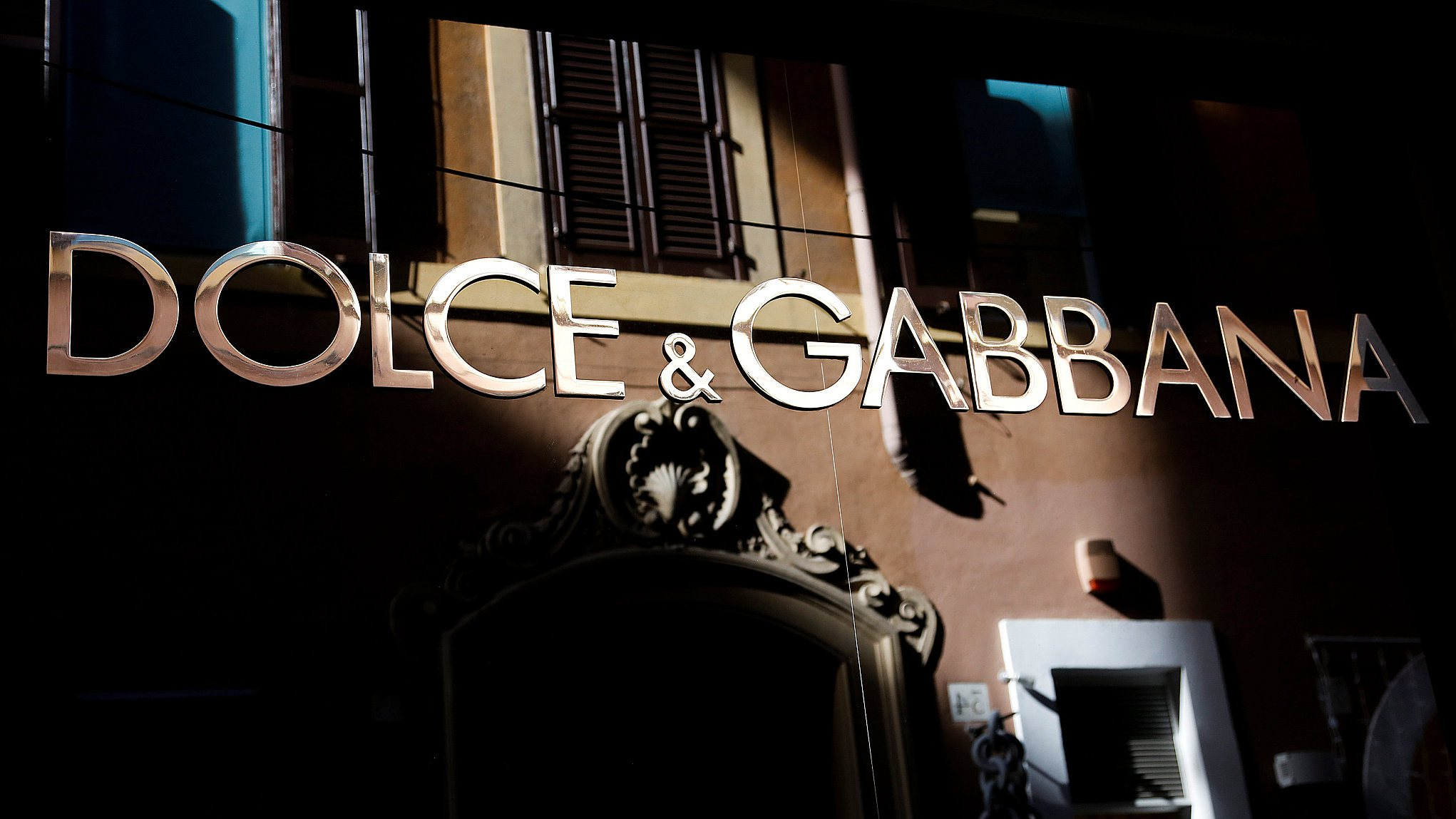Dolce & Gabbana misstep: China setting case but universal lesson
Three years ago: a huge controversy erupted after luxury brand Dolce & Gabbana posted videos on its Instagram account of a Chinese woman in a red dress trying to eat Italian food with chopsticks, with a male voice making ironic comments.
As luxury brands try to reach out to China's new upper-middle class, one wonders what the marketing team at fashion brand Dolce&Gabbana was thinking.
Did the D&G brand use humor appeal in a way that got out of hand? It is possible. Although 30% of advertising spots uses this appeal, it can easily be offensive (as humor is often at the expense of someone) and often does not translate across cultures.
In any case, it is questionable whether using humour to promote a luxury fashion show is a wise choice. Indeed, sex, music, emotional or scarcity appeals seem to be much more adapted to the fashion world and to luxury marketing, being moreover less risky in terms of cultural divergences.
This marketing campaign was a disaster, and for several reasons. It includes a series of ads that feature a well-dressed Chinese woman trying to eat Italian food with chopsticks, while being advised by an offscreen manly voice. However, she is having trouble doing so because the odds are stacked against her. Indeed, she has to eat an uncut pizza and a huge cannolo, both of which are very impractical to eat with chopsticks. Then, she’s served a plate of spaghetti, but the voice paradoxically tells her she has to roll them around her chopsticks to eat them even though noodles are a common Chinese dish and are not clumsily eaten like that. The narrator speaks to her with a teasing voice, as to a child, and makes distasteful remarks to the lady, such as the cannolo being “too big” for her. “Bravissimo!” says the voice while the viewer looks at her barely managing to eat her food.
Such execution portrays the Chinese as uncultured and unable to comprehend Italian cuisine and by extension their culture. In addition to that, chopsticks have cultural connotations and are versatile tools for eating, misusing them like that is yet another objectionable move. Dolce & Gabbana’s core misunderstanding is the woeful portrayal of the culture from the country that would host their show. A celebration of both Chinese and Italian culture could have been done in a much more courteous and less submissive manner.
Some internauts contacted Stefano Gabbana about the ads, and his replies were rude and way more disrespectful than the already disrespectful ads. He then claimed his account was hacked, but the result is still a terrible image for the company; assuming he was in fact hacked, he must have been targeted by hackers that were unhappy about the ads. Be it the case, this is one of the consequences distasteful content from such a widely known source can have: its wide distribution implies many people will be exposed to said content. A lot of care should be provided before even trying to display a new ad to a huge viewership, as interpretations of it will be numerous. Among a wave of negative reactions, it only takes one angered, ill-intentioned person to further damage a brand image.
The videos were widely seen as racist and disrespectful to the nation's dignity, provoking public outrage in China. The anger boiled over with offensive comments and messages from the Instagram account of designer Stefano Gabbana, although he said his account was hacked. Chinese netizens shared videos or images destroying Dolce & Gabbana products and the hashtag #boycottdolce was trending on social media platforms Weibo and WeChat. Amid a media storm and reports that celebrities were withdrawing their attendance, it was not surprising that the whole Shanghai runway show was announced to be cancelled. Posts with the Weibo hashtag #DGTheGreatShowCancelled has been read 870 million times (Yu, 2018). In terms of retail, D&G products have been removed from online shopping sites and duty-free stores in China. Following that, e-commerce giants such as Alibaba, JD and Yoox Net-A-Porter also decided to stop selling D&G products. The repercussion was not limited to China, European and American supporters of Dolce & Gabbana have also abandoned it (Friedman and Wee, 2018). The brand image of Dolce & Gabbana was severely damaged.
Even though Gabbana and co-founder Domenico Dolce filmed an apology video shortly after the incident, it seems that Chinese consumers have neither forgiven nor forgotten the insult. It’s been almost 3 years since the ad controversy, the brand has not fully overcome its setback in China (Hills, 2021).
The lesson to learn here seems quite straightforward, even simple: “Don’t make fun of the people you are marketing towards.” Or even “Just don’t be racist !”. Which seems quite fair, but we have to remind ourselves that the outrage stemmed from a succession of events, and while private messages leaks rendered any apology attempt seem insincere, the whole ordeal could have been prevented in the first place.
Friedman, V., & Wee, S. (2018). The Crash and Burn of Dolce & Gabbana. The New York Times. https://www.nytimes.com/2018/11/23/fashion/dolce-gabbana-china-disaster-backlash.html
Hills, M. C (2021). Three years after ad controversy, D&G is still struggling to win back China. CNN. https://edition.cnn.com/style/article/dolce-gabbana-karen-mok-china/index.html
Yu, Y. (2018) Dolce & Gabbana Ad (With Chopsticks) Provokes Public Outrage in China. NPR. https://www.npr.org/sections/goatsandsoda/2018/12/01/671891818/dolce-gabbana-ad-with-chopsticks-provokes-public-outrage-in-china?t=1636143827245

Comments
Post a Comment